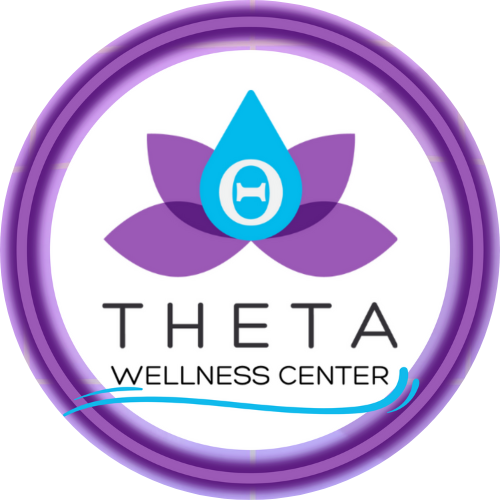In recent years, a new and intriguing player has entered the realm of wellness and health – red light therapy. Also known as low-level laser therapy (LLLT) or photobiomodulation, this non-invasive treatment is gaining popularity for its potential to promote healing, reduce inflammation, and enhance overall well-being. In this blog, we'll delve into the science behind red light therapy, its applications, and the growing body of evidence supporting its efficacy.
The Science Behind Red Light Therapy:
Red light therapy involves exposure to low levels of red or near-infrared light, which penetrates the skin and is absorbed by the cells. The energy from these wavelengths is then used by cells to enhance various cellular functions, such as improving mitochondrial function and increasing the production of adenosine triphosphate (ATP), the energy currency of cells.
Healing Power:
One of the key benefits of red light therapy is its ability to accelerate the healing process. Studies have shown that red light therapy can promote tissue repair, reduce inflammation, and alleviate pain. It's been utilized in the treatment of various conditions, including wounds, joint disorders, and muscle injuries.
Applications of Red Light Therapy:
Skin Health:
Red light therapy has shown promise in improving skin health. It can stimulate collagen production, reduce wrinkles, and enhance skin tone. Many individuals turn to red light therapy for its potential anti-aging effects, using it to address fine lines and promote a more youthful appearance.
Pain Management:
For those dealing with chronic pain conditions, red light therapy offers a non-pharmacological option. Its ability to reduce inflammation and promote tissue repair can contribute to pain relief in conditions such as arthritis, back pain, and muscle soreness.
Mental Well-being:
Beyond its physical benefits, red light therapy may also have positive effects on mental health. Some studies suggest that exposure to red light may help improve mood and reduce symptoms of depression. The mechanism behind this connection is still being explored, but early findings are intriguing.
Men’s Health:
Benefits to Testosterone Production:
Testosterone, the primary male sex hormone, plays a crucial role in various bodily functions, including muscle development, bone density, and mood regulation. Studies suggest that red light therapy may positively impact testosterone levels. The therapy's ability to enhance mitochondrial function could contribute to increased testosterone production, benefiting men dealing with low testosterone levels.
Improved Male Fertility:
Male fertility is a complex interplay of factors, including sperm production and quality. Red light therapy has shown promise in supporting male fertility by promoting healthier sperm. Studies have indicated that exposure to red and near-infrared light can enhance sperm motility, reduce oxidative stress, and improve overall sperm function.
Reduced Oxidative Stress:
Oxidative stress, caused by an imbalance between free radicals and antioxidants in the body, can negatively impact sperm quality. Red light therapy has been found to mitigate oxidative stress by increasing antioxidant defenses, potentially protecting sperm from damage and improving fertility outcomes.
Enhanced Blood Flow:
Proper blood circulation is vital for overall health, and it is especially crucial for reproductive function. Red light therapy has been shown to improve blood flow, which can benefit the reproductive organs by ensuring an adequate supply of nutrients and oxygen. This improved circulation may contribute to healthier reproductive tissues and optimized fertility.
Considerations and Precautions:
While red light therapy is generally considered safe, it's essential to use it responsibly. Consultation with a healthcare professional is advisable, especially for those with pre-existing medical conditions. Additionally, protective eyewear should be worn to shield the eyes from direct exposure to the light.
Red Light Therapy in Springfield, MO
Red light therapy is emerging as a versatile and accessible tool for promoting health and well-being. From skincare enthusiasts to individuals seeking relief from chronic pain, its applications are diverse and continuously expanding. As research in this field progresses, red light therapy may become an integral part of holistic approaches to health, providing individuals with a non-invasive and innovative method to enhance their overall wellness. As with any wellness trend, it's essential to stay informed, consult with healthcare professionals, and approach red light therapy as a complementary component of a comprehensive health strategy. Illuminate your well-being with the potential benefits of red light therapy, and discover a new frontier in the pursuit of a healthier, more vibrant life.

